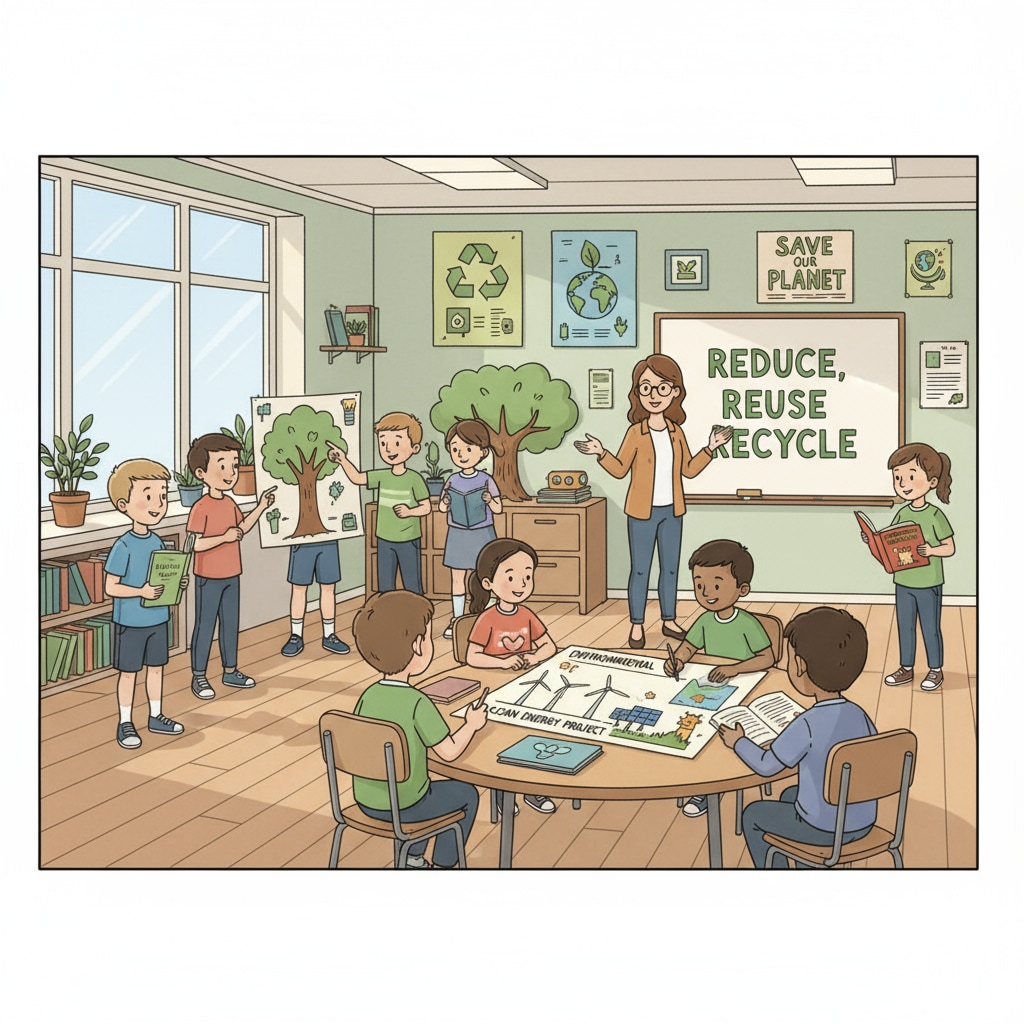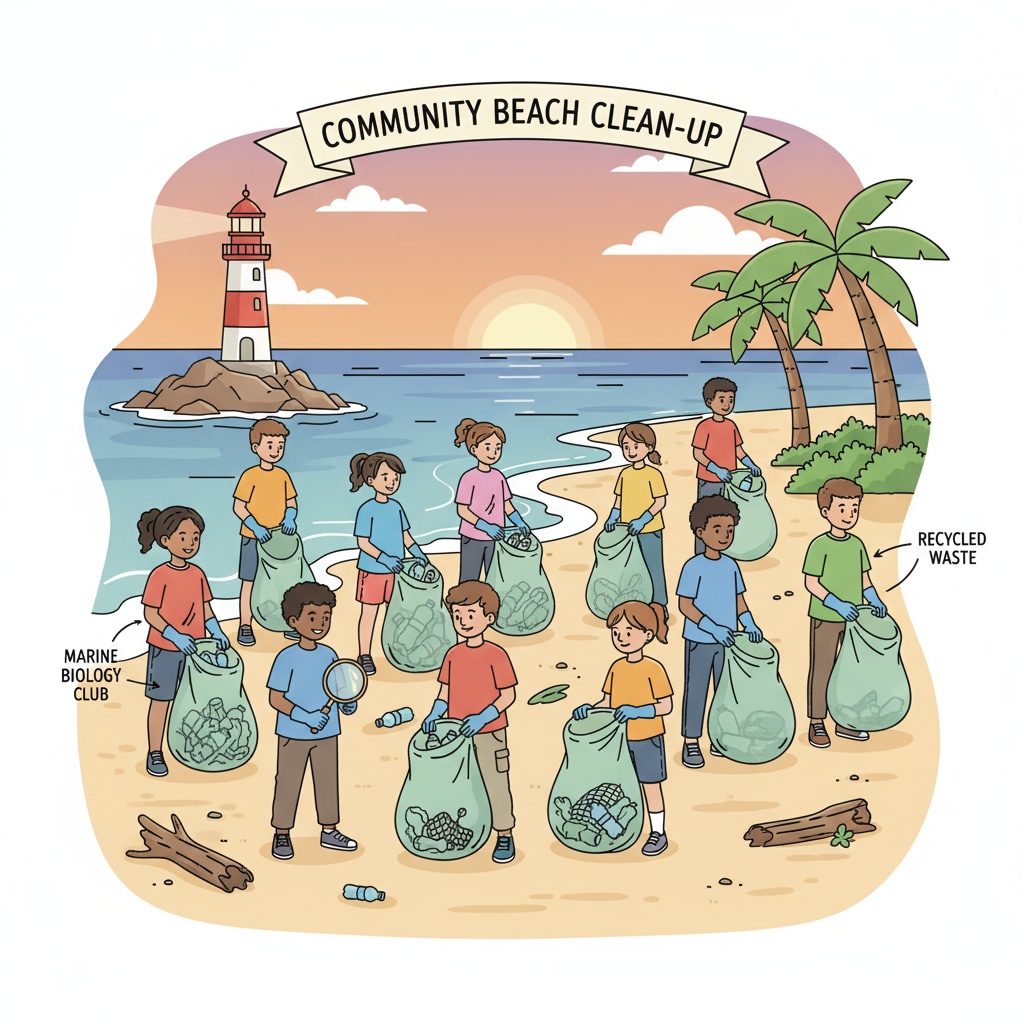Environmental education in K-12 schools plays a pivotal role in shaping the future of our society. As we strive for a more sustainable world, the impact of instilling environmental awareness in young minds from an early age cannot be overstated. This article delves into the current state of environmental education in K-12 schools globally, its influence on driving social change, and practical strategies to enhance its effectiveness.

The Current Landscape of K-12 Environmental Education
Environmental education in K-12 schools varies widely across the globe. In some regions, it has been integrated seamlessly into the curriculum, with dedicated lessons on topics such as climate change, conservation, and sustainable living. For example, Scandinavian countries are known for their progressive approach to environmental education. According to Wikipedia’s page on Environmental education in Scandinavia, they prioritize hands-on learning experiences, field trips to nature reserves, and projects that encourage students to take action in their communities. However, in other areas, environmental education may be limited or non-existent. This lack can be attributed to various factors, including budget constraints and a focus on more traditional academic subjects.

The Impact on Social Change
When K-12 students are exposed to comprehensive environmental education, they become agents of change. These young individuals are more likely to adopt sustainable behaviors in their daily lives, such as reducing waste, conserving energy, and advocating for environmental protection. As a result, they can influence their families, friends, and communities. For instance, students who learn about the importance of reducing single-use plastics may encourage their households to make the switch to reusable alternatives. Moreover, as they grow older, these environmentally conscious individuals are more likely to pursue careers in fields related to sustainability, further driving social change at a larger scale. Britannica’s entry on Environmental studies emphasizes the long-term impact of early environmental education on individual choices and societal trends.
To enhance environmental education in K-12 schools, several strategies can be implemented. Firstly, schools should ensure that environmental education is not just an add-on but is fully integrated into various subjects. For example, in science classes, students can conduct experiments related to environmental science, while in art classes, they can create works that raise awareness about environmental issues. Secondly, hands-on experiences and real-world projects should be emphasized. This could include starting a school garden, participating in community clean-up events, or conducting research on local environmental problems. Finally, collaboration with environmental organizations and experts can provide valuable resources and guidance for both teachers and students.
Readability guidance: The key points are presented in short paragraphs and through examples. Each section has a clear focus, and transition words like “however”, “for example”, and “moreover” are used to connect ideas. The use of external links provides additional information and credibility to the content.


